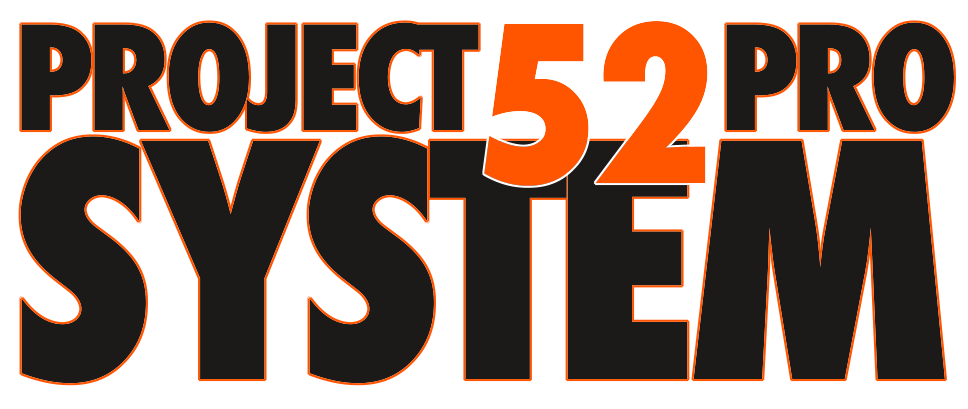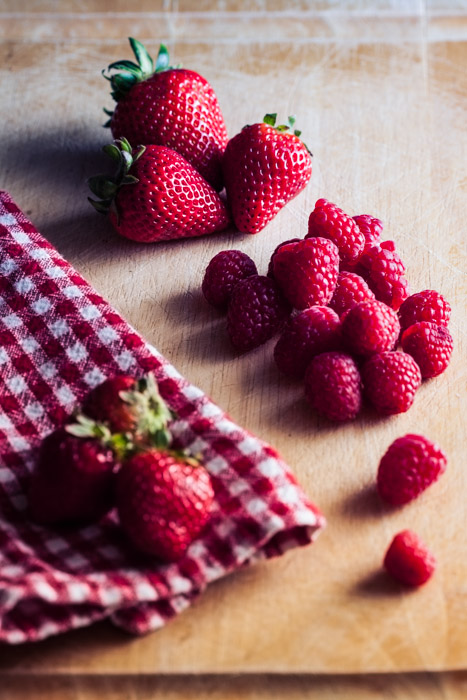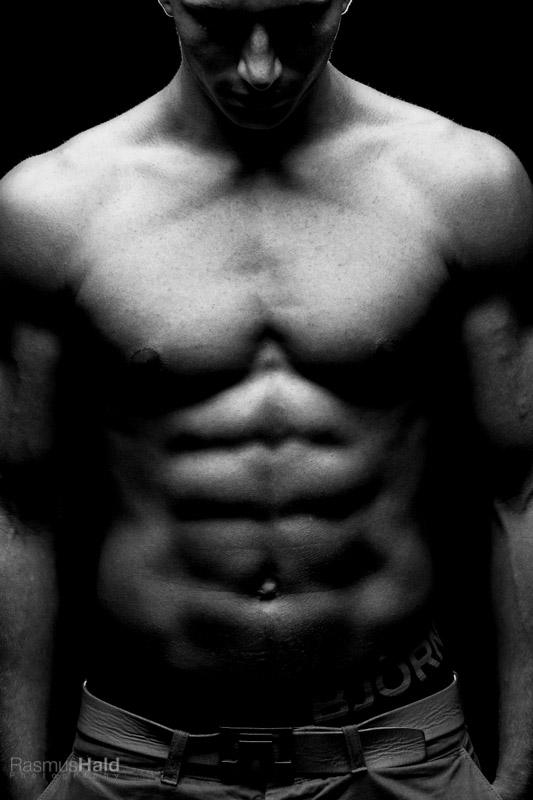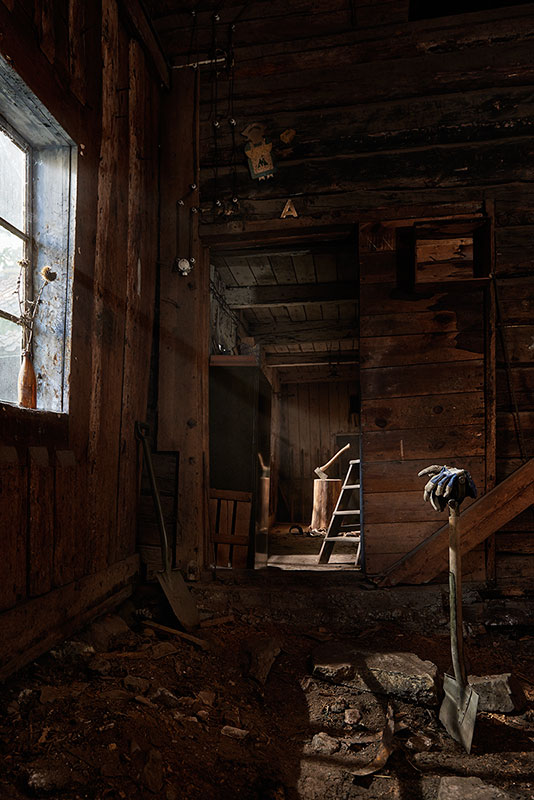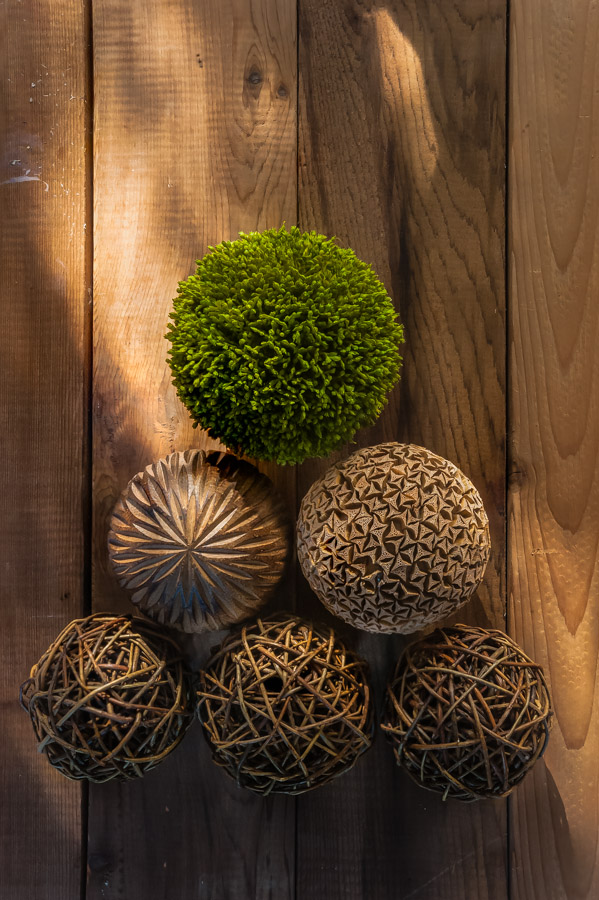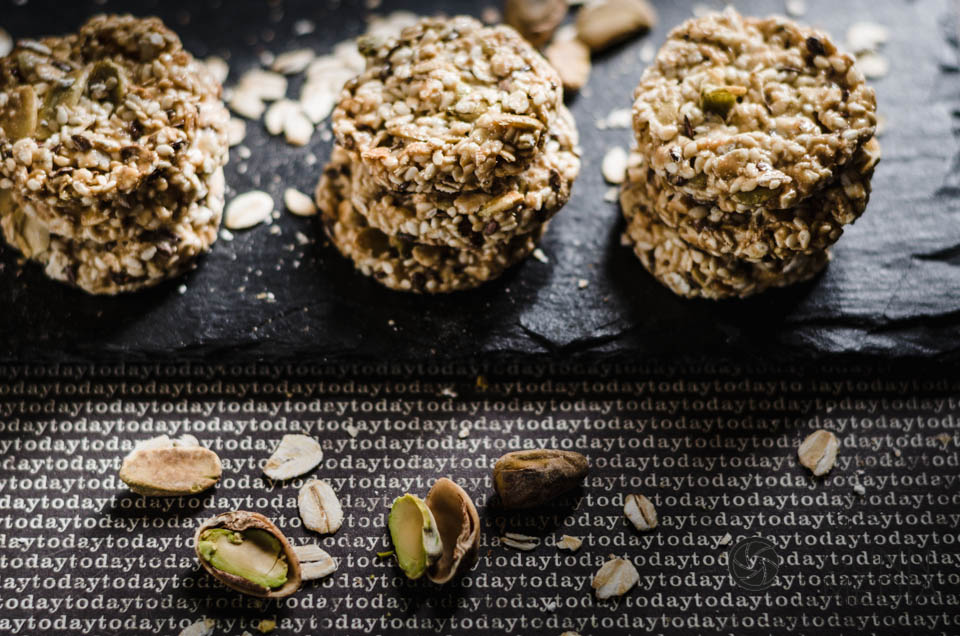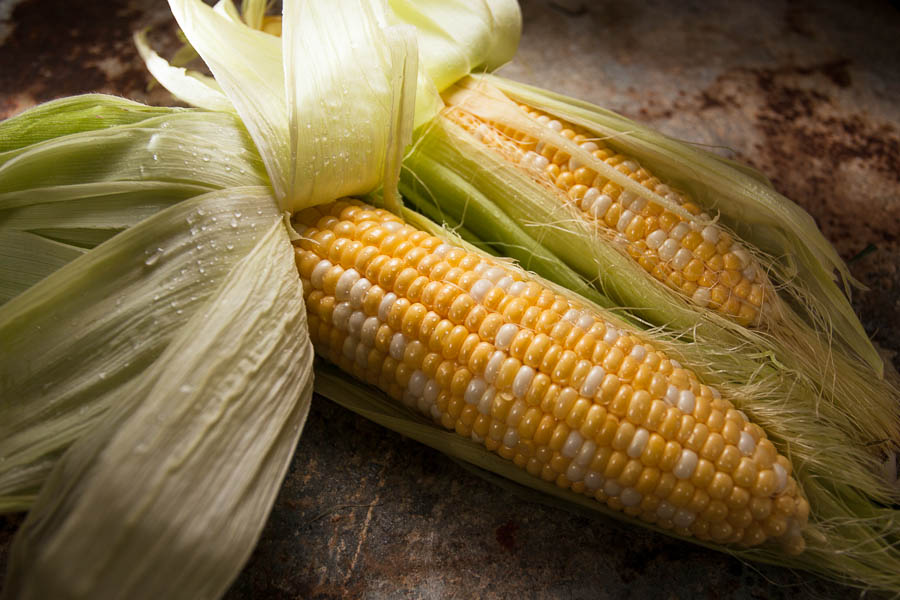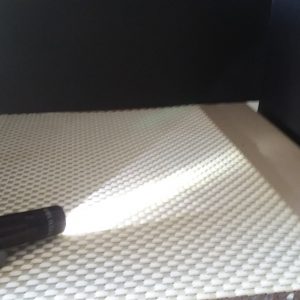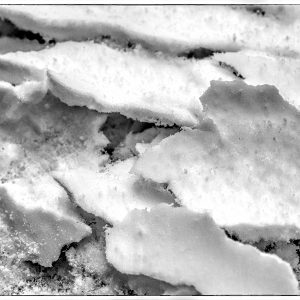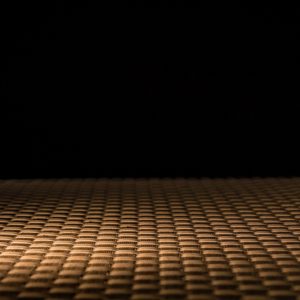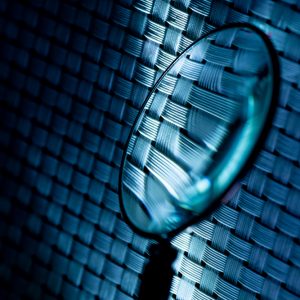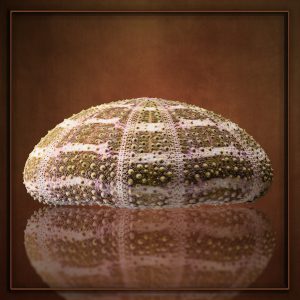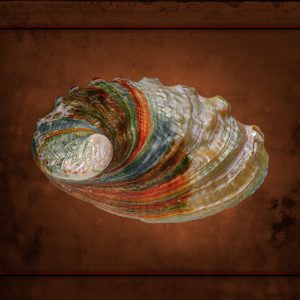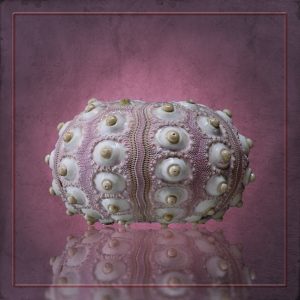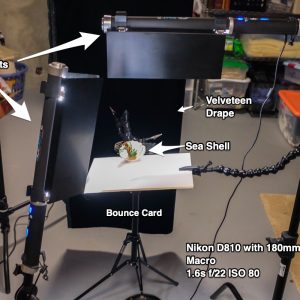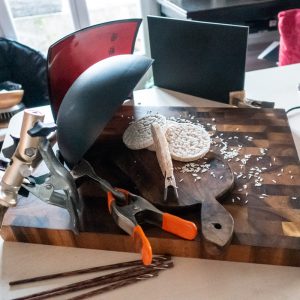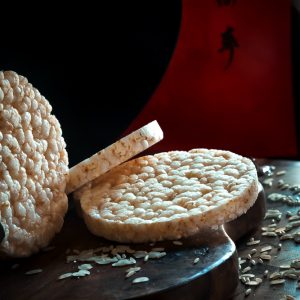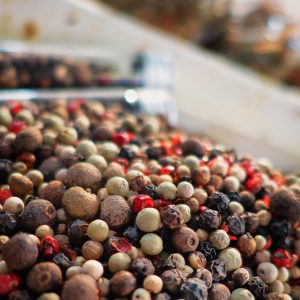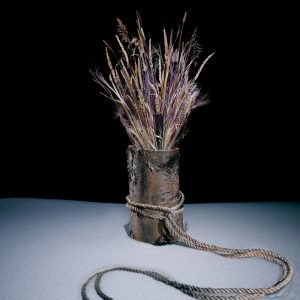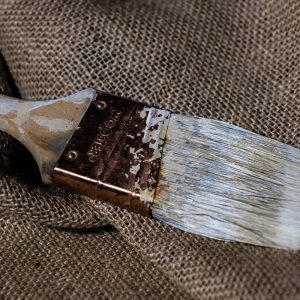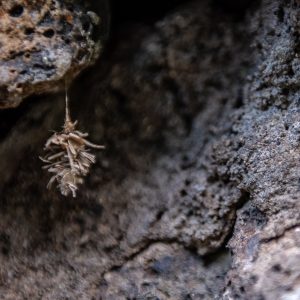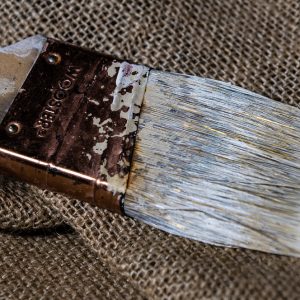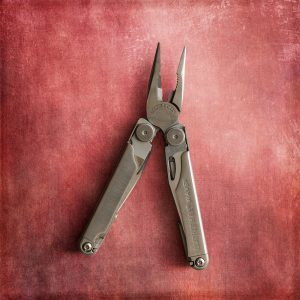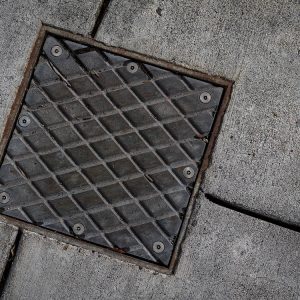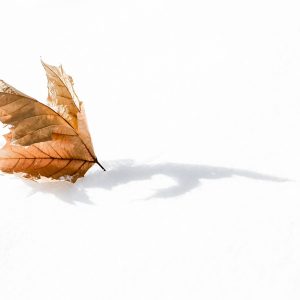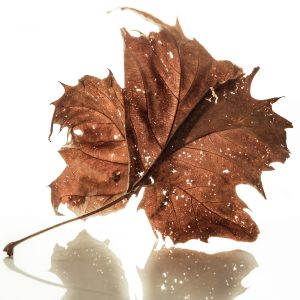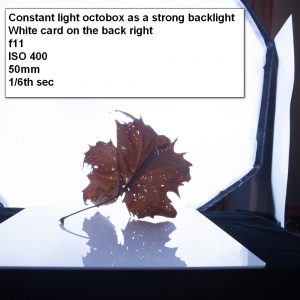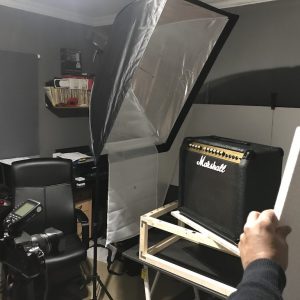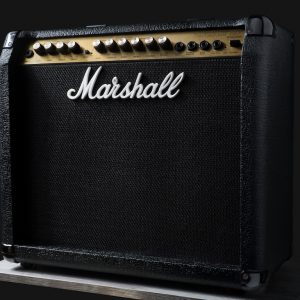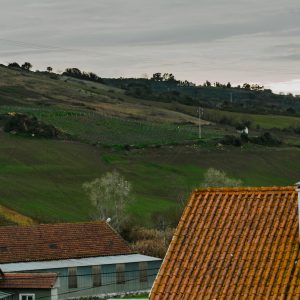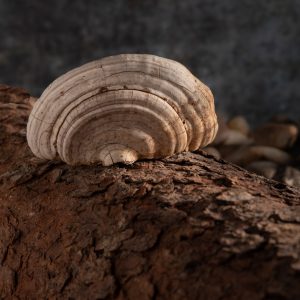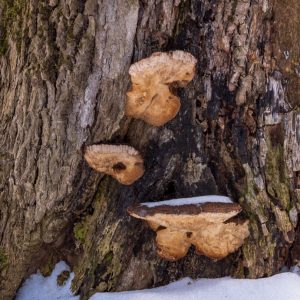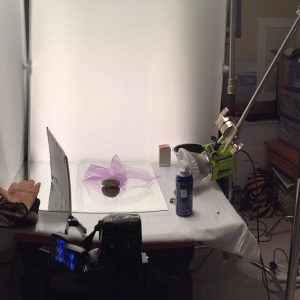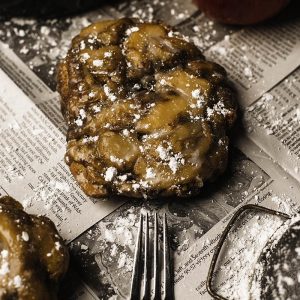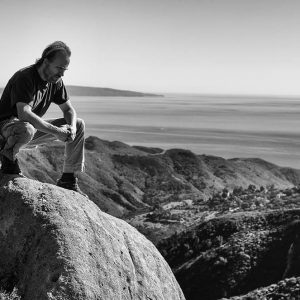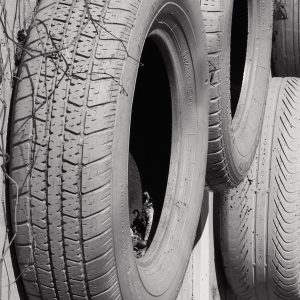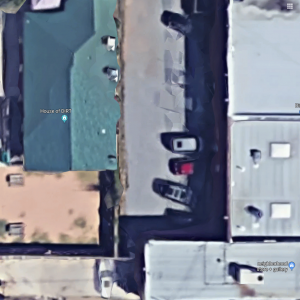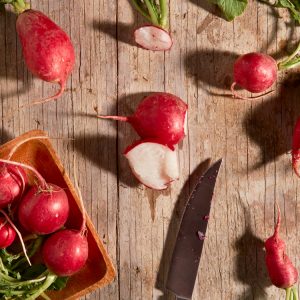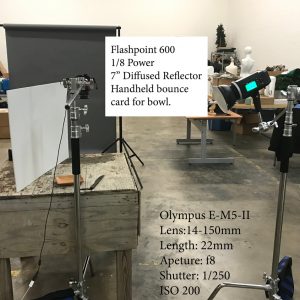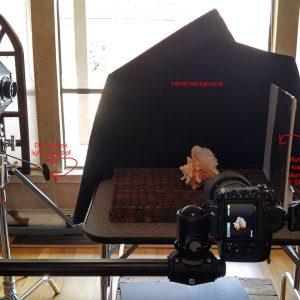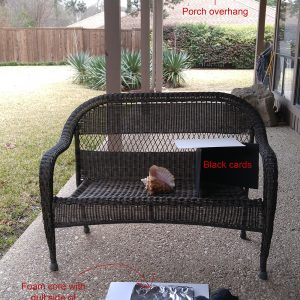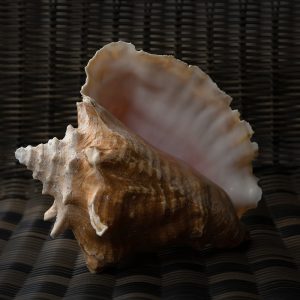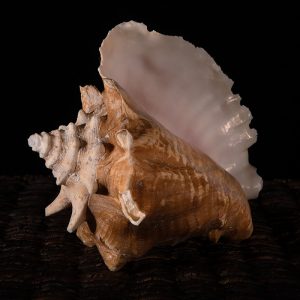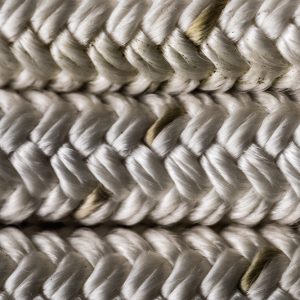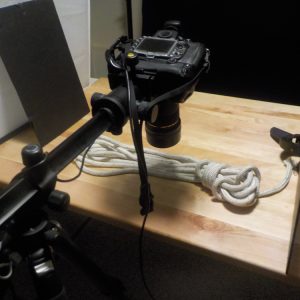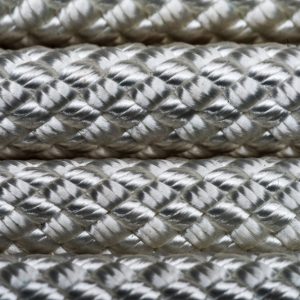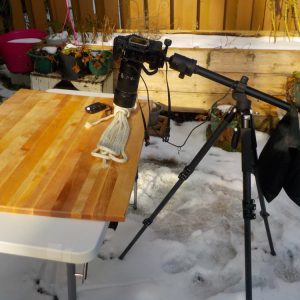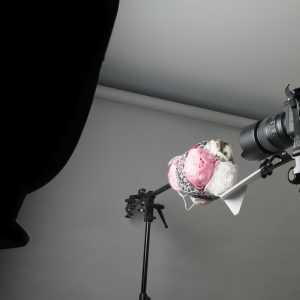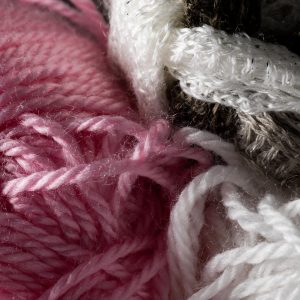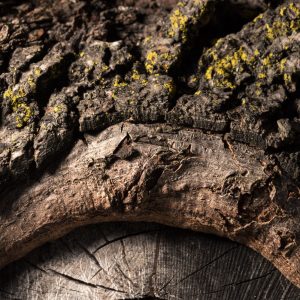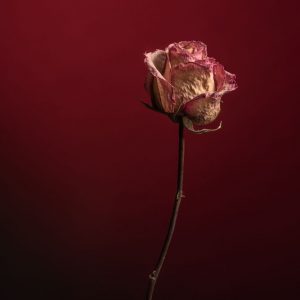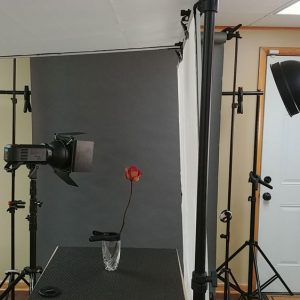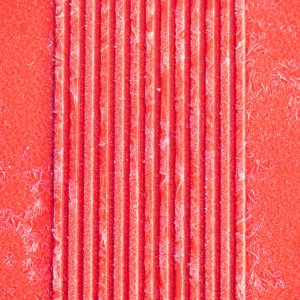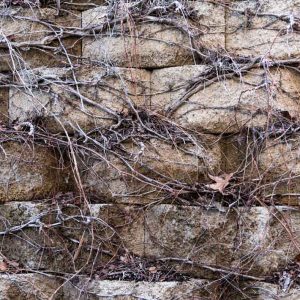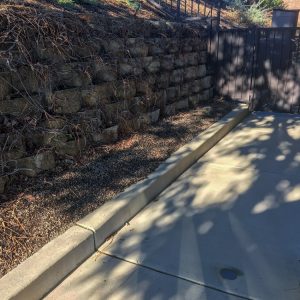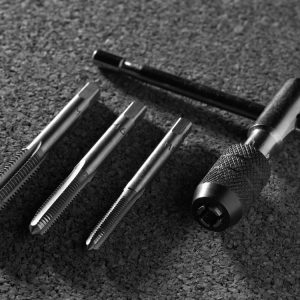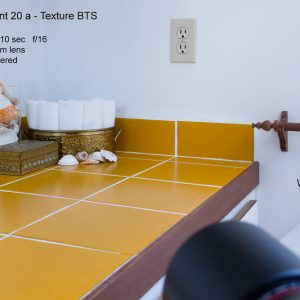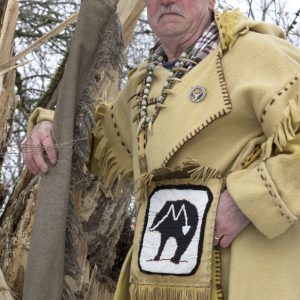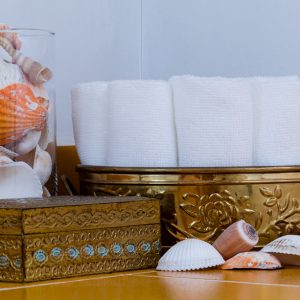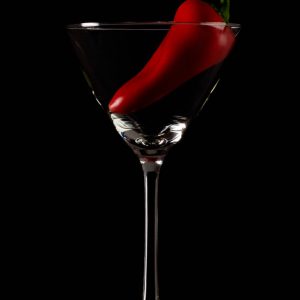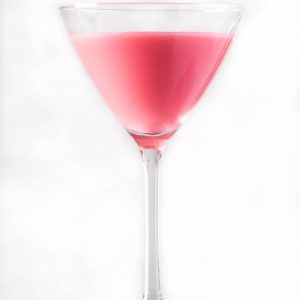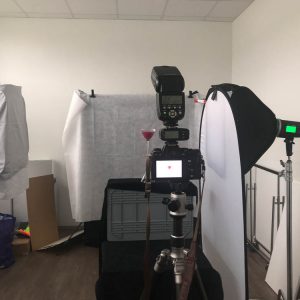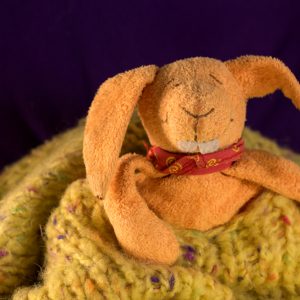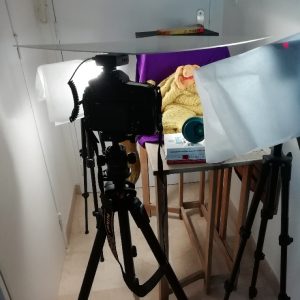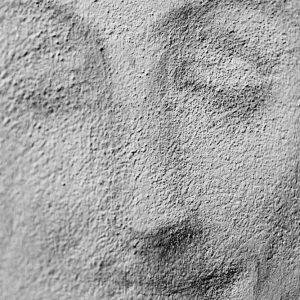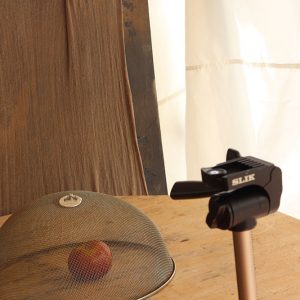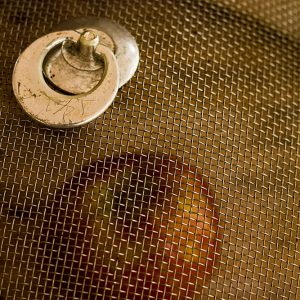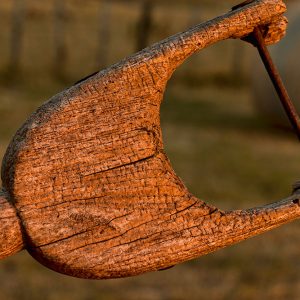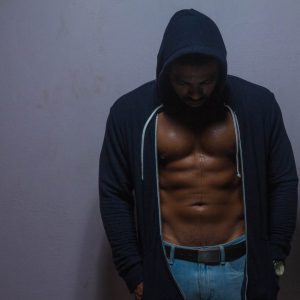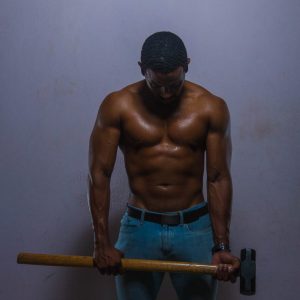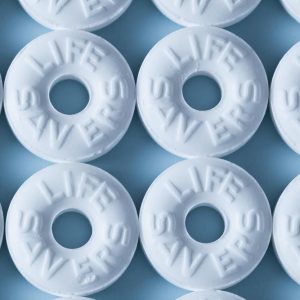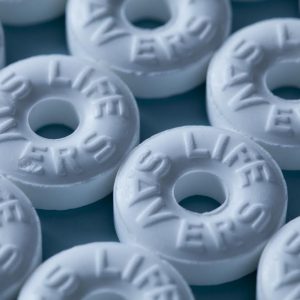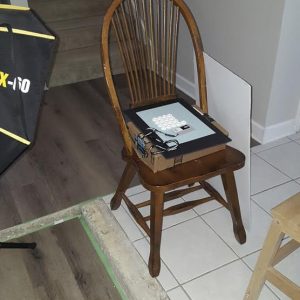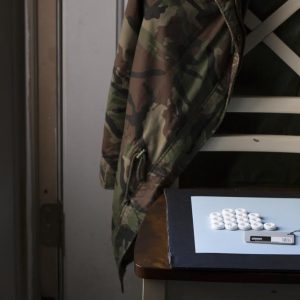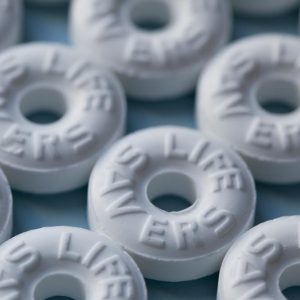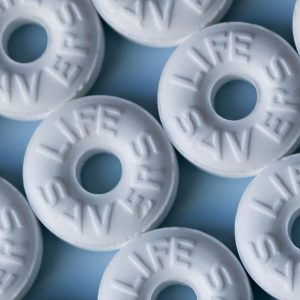Lighting for Texture.
When we want to show texture on something, we need to show highlights and shadows and a direction of light. Texture is revealed more with lighting than anything else.
Front light removes texture, as it eliminates shadow, or creates a more “Flat” look to the light. We want to show a lot of texture in this image, so we are probably not going to use flat, front light.
Our light is probably going to come from the side, or perpendicular to the subject plane and at a wide angle from the camera. Texture is revealed that way, as the highlights form on anything sticking up, and that then creates a shadow on the other side.
Let’s look at a few examples:
Here is Anca on large rocks near Superior, Arizona.
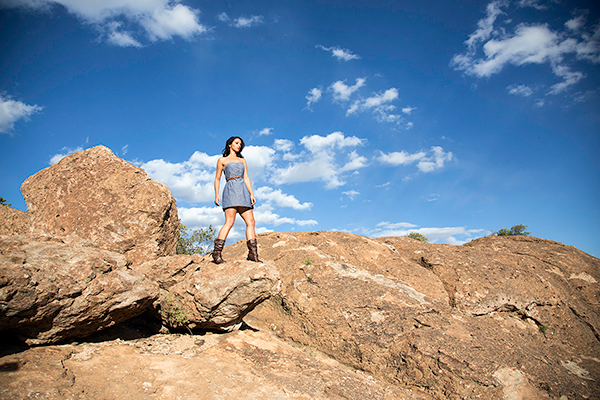
The light is behind me, and you can see that the texture of the rock is minimized because the sun fills every crevice but the large, deep ones. Understand that I love this light, but it is not the kind of light we need to show texture. We need to see each tiny bump and ridge with highlights on them.
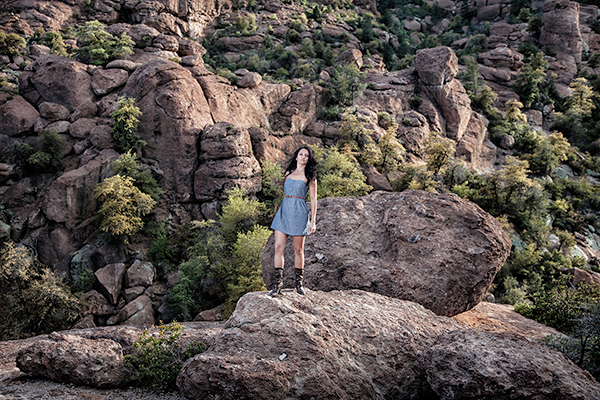
With the sun slightly behind and to camera right, we can see how much texture there is on the rocks. Notice even how much more shape Anca shows with highlights and shadows on arms and legs. This highlight/shadow defines the shape. Compare with the lighting on Anca on the left.
How do we achieve textured light?
- Hard light can create a very bright highlight/shadow side.
- Small sources are hard lights (in relation to the subject)
- Sidelight can show texture and shape.
- Top light on vertical subjects like walls and sides of barns are side-lit to the camera. Think a bright sunny mid-day…. the sun is very high, therefore it is actually sidelight for the walls.
- No fill, or less fill to increase the contrast.
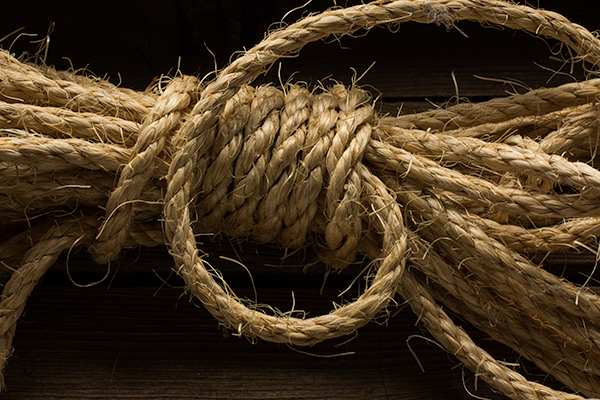
There is no doubt that this is rough, very textured rope. The light is coming from behind, and above the rope. That actually means it is side lighting the rope with the same angle as if it were to the side of the subject.
This close up shows how the highlights and shadows reveal the texture and give context to the rough feel of the rope.

Note how each strand has its own highlight and shadow. The complexity of having that many highlights/shadows is what gives the over all texture to the subject.
CLICK IMAGES TO ENLARGE
PHOTOGRAPH BY MIKE MOORE
Mike is using a strong sidelight to create the sharp textures on the berries. He chose not to fill the shadows and that increases the contrast between highlights. The light is a small light source with a diffusion applied. That is what accounts for the soft, although sharp transitions.
PHOTOGRAPH BY RASMUS HALD
A sculpted body is lit from directly above providing highlights and shadow that define the contours of the man’s body. This is shape, dimension and texture created with a single light and no fill from beneath. Beauty dish above the subject (effectively side lighting him from the top).
PHOTOGRAPH BY ANDERS ERICSSON
Anders used a direct strobe head outside of the window to give a point source, sunlight feeling to the interior. This side light also creates all of the texture in the wood and items within the frame. Note the flower on the window sill, and the gritty debris on the floor. No fill was provided.
PHOTOGRAPH BY ANNA GUNN
The bright light from behind was a small source and it provides plenty of texture for the cookies, while a small fill in the front provided enough ambient to keep the cookies visible in the shadow area. Back light will always help show texture, but you must control the shadow depth.
PHOTOGRAPH BY BOB KNILL
The large softbox for ambiance (above the corn) was augmented by speedlights with grids and snoots to enhance portions of the corn and husk. A small light source at a low power was placed at camera right and aimed forward to give the small highlight on the corn kernels. While it is not powerful enough to create much light, the wet kernels reflect the source perfectly.
ASSIGNMENT
Create two images of texture. The subject matter is as follows:
- Subject shot as a table top / still life. Your choice of items.
- Subject shot outside with natural or available light. (You may augment that natural light with strobes if you need to, but it is not required.) The subject may be a natural item or a portrait.
As long as TEXTURE is one of the definitive parts of the image, it is all good.
DUE: TWO photographs – see above.
- Texture
- OLYMPUS DIGITAL CAMERA
- Side lighting, Knitting Yarn, BTS, KouriPhoto.com
- Side lighting, Knitting Yarn, KouriPhoto.com
- Side lighting, Tree Bark, KouriPhoto.com
WEDNESDAY MORNING
WEDNESDAY EVENING
